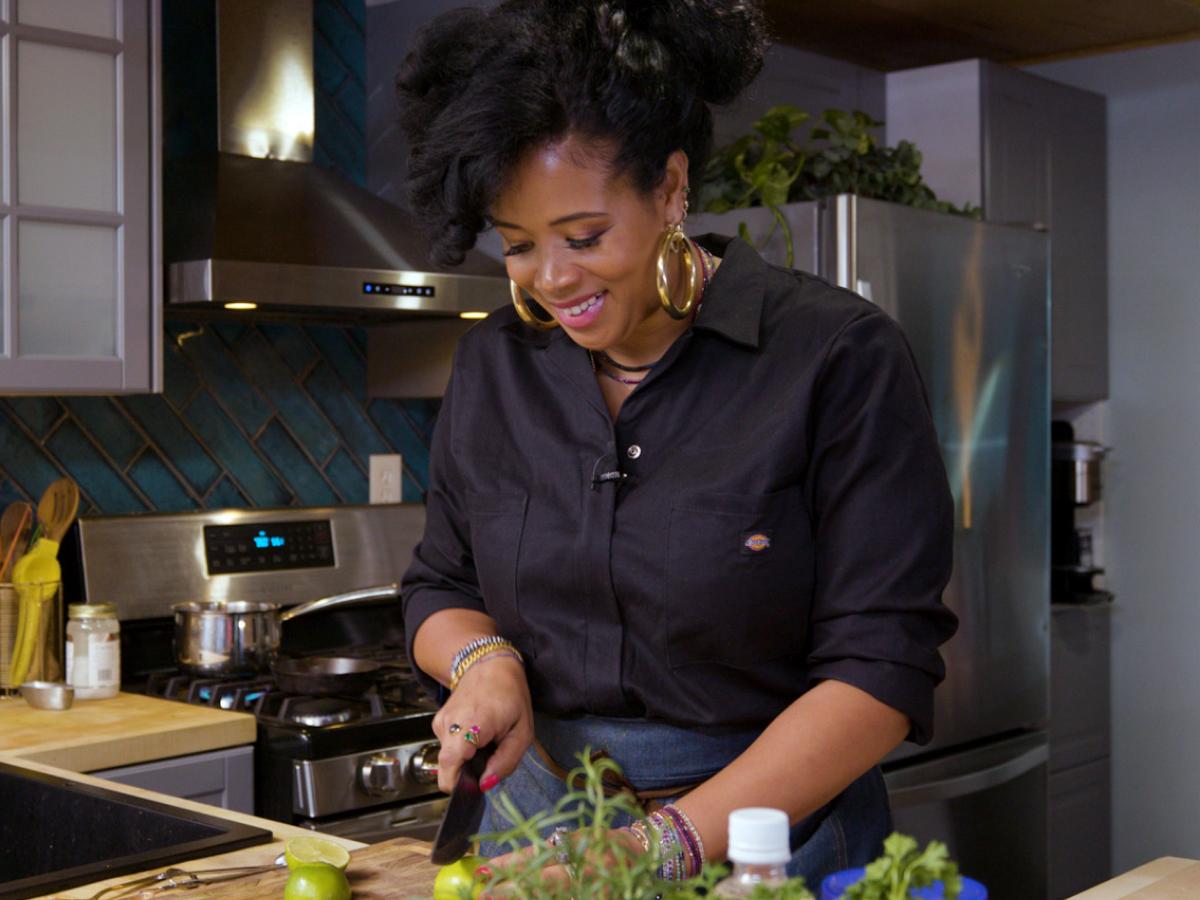Imagine opening your fridge, finding a few random ingredients, and somehow pulling together a delicious meal without ever glancing at a recipe. That’s the magic of intuitive cooking! It’s all about trusting your senses, getting a feel for flavors, and cooking with what you have on hand—no recipe needed. Here’s a quick guide to help you master the basics, so you can cook up meals with confidence, creativity, and a dash of fun.
Why Try Intuitive Cooking?
Cooking without a recipe may sound risky, but it’s actually incredibly freeing. When you ditch the instructions, you start to see cooking as a creative, relaxed activity rather than a chore. Plus, intuitive cooking can save you time, reduce food waste, and let you adapt meals to fit your taste and the ingredients you already have. It’s about going with the flow—and the results can be surprisingly delicious.
Building Blocks: A Few Basics to Remember
You don’t need to be a professional chef to start cooking intuitively, but a few basics will help. Think of these as your cooking “toolkit”:
Flavor Balancing: The four basic tastes are salty, sweet, sour, and bitter. The key is to balance them. For example, if a dish is too salty, a bit of sugar or acid (like lemon juice) can even it out.
Texture: Good meals often have a mix of textures. Pairing soft foods with something crunchy—like a creamy pasta topped with toasted nuts—makes every bite interesting.
Cooking Methods: Know a few methods, like sautéing, roasting, and boiling. This way, you can adapt your ingredients to a method that works best for them. For instance, leafy greens are great for sautéing, while root veggies love roasting.
Step 1: Start with What You Have
Intuitive cooking begins with a quick survey of what’s in your fridge, freezer, or pantry. Got a bag of spinach, a few tomatoes, some pasta, and cheese? Perfect! Instead of stressing about not having “enough,” think about how these ingredients could work together.
Here are a few easy ingredient combinations to get you inspired:
Eggs + Veggies + Cheese: An easy omelet or frittata
Pasta + Olive Oil + Garlic + Veggies: A quick pasta toss with whatever veggies you like
Tortilla + Beans + Avocado + Salsa: A speedy taco or wrap
Step 2: Let Your Senses Lead
When you’re cooking without a recipe, your senses—taste, smell, sight—become your guides. Here’s how to make the most of each:
Taste as You Go: One of the biggest tips for intuitive cooking is tasting your food along the way. Adding salt? Taste after each pinch to see how it changes the dish. This practice teaches you how flavors develop and will give you a better sense of when something tastes “right.”
Smell to Adjust Flavors: Aroma gives a big hint about how your dish is coming together. If something smells a little off, try adjusting the flavor. Adding herbs like basil or spices like cumin can add warmth and complexity to a dish.
Look for Color: A colorful dish isn’t just prettier; it’s usually more balanced in flavor. For example, a plate of roasted vegetables that includes orange carrots, green broccoli, and red bell pepper not only looks appealing but has a good mix of flavors and nutrients.
Step 3: Be Playful with Seasoning
Spices and herbs are like magic wands in the kitchen. You don’t need dozens of them—just a few versatile ones to start, like garlic, black pepper, cumin, rosemary, or basil.
Try Mixing and Matching: Don’t be afraid to experiment with spice combos. If you love Mexican flavors, try cumin with chili powder. For an Italian twist, go with basil, garlic, and oregano.
Add Freshness with Herbs: Herbs like cilantro, parsley, or basil can bring any dish to life, adding a fresh, vibrant note. Toss them in at the end so they keep their flavor.
Step 4: Embrace the “Good Mistake”
Sometimes, things don’t go as planned—maybe your pasta overcooks or your stew is too salty. But instead of seeing it as a failure, think of it as a learning opportunity. Add a squeeze of lemon to balance the salt, or throw in some raw veggies for crunch. With time, you’ll start picking up tricks to rescue almost any dish!
Experiment with a Simple No-Recipe Meal
Ready to give it a go? Here’s a fun, easy “no-recipe” meal to get started:
1. Pick a Base: Think pasta, rice, or bread. This will be the backbone of your meal.
2. Add a Protein: Grab whatever you have on hand—beans, eggs, chicken, or tofu.
3. Throw in Veggies: Use any you like, either raw, sautéed, or roasted.
4. Finish with a Sauce or Spice Mix: Olive oil, lemon juice, soy sauce, or a sprinkle of mixed spices.
For example, you could make a hearty bowl with rice, sautéed veggies, beans, and a quick drizzle of olive oil and lemon juice. Top it with fresh herbs and dig in!
Go Ahead, Get Creative!
Intuitive cooking isn’t about perfection; it’s about enjoying the process. Trust yourself, play with flavors, and don’t worry too much about following any strict rules. The more you practice, the better you’ll get at understanding what works and what doesn’t—and the more fun you’ll have in the kitchen.
So, the next time you’re hungry, skip the recipe and let your creativity lead the way. Who knows? You might just create a new favorite dish!









